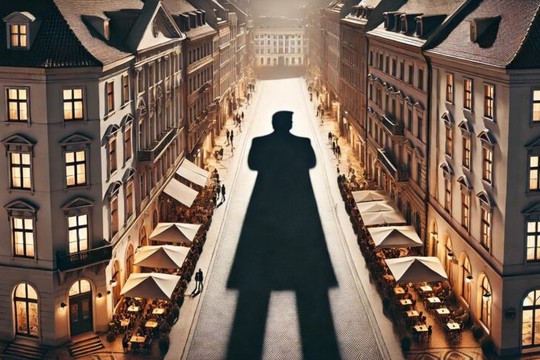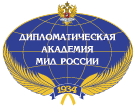Trump's shadow over Europe
Pic.: ecfr.eu
Ever since Donald Trump vowed during his election campaign to end the war in Ukraine quickly, Zelensky and his European supporters have feared abandonment by America. Their dread grew on February 12th, when Mr Trump spoke by phone with Russia’s leader Vladimir Putin, without co-ordinating the details beforehand with Ukraine, and announced that negotiations to end the war would start “immediately”, notes ‘The Economist’.
He later said he might meet Mr Putin in person in Saudi Arabia.
Supporters of Ukraine in the West accused Mr Trump and his entourage of making concessions to Mr Putin without getting anything in return. The Russian stockmarket rose. In global markets the oil price slipped by 3%, reflecting in part an expectation that negotiations could eventually result in the rehabilitation of the Kremlin and the lifting of Western sanctions on Russia’s energy industry and wider economy.
Mr Trump has met Mr Zelensky twice in recent months — in New York in September and in Paris in December — and the two spoke after the call with Mr Putin. But Ukrainian officials say they were not consulted on the timing or the content of the call—a break with the Biden administration’s stated policy of discussing “nothing about Ukraine without Ukraine” (though contacts between the White House and the Kremlin did take place behind the scenes).
Negotiations require direct contacts. But Mr Trump is in effect starting to normalise relations with Russia without obtaining tangible concessions. Indeed, Mr Putin’s spokesman said talks had to involve more than the cessation of fighting; it was necessary to “address the root causes of the conflict”, which in Kremlin-speak means absorbing Ukraine into a Russian sphere of influence.
If anything, it was America that seemed to make the early compromises. Pete Hegseth, the newly installed American defence secretary, said it was “unrealistic” for Ukraine to return to its international borders, given its territorial losses after Russia’s intervention in 2014 and its full-scale invasion in 2022.
He conceded that “a durable peace for Ukraine must include robust security guarantees to ensure that the war will not begin again”. But he seemed to stymie such guarantees in advance. He suggested that America would do little to provide them. Ukraine would not be admitted to nato. Nor would America send forces to Ukraine to secure any peace agreement. Nor would it allow nato to protect European troops that might be deployed there. Ukraine’s security would be the task of European and non-European troops in a “non-nato mission”.
Future support for Ukraine is unclear. Mr Trump seems to be treating a possible agreement on American access to Ukraine’s rare-earth minerals as compensation for tens of billions in past American assistance “with little to show”. Mr Zelensky has suggested that he might agree to grant such access in return for continued aid, but Mr Trump has not yet accepted that.
Mr Trump has long ignored American diplomatic conventions. Despite his unorthodox methods, though, some hope Mr Trump’s aides will shift him towards more orthodox policies.
Even so, the mood among Ukrainian officials has greatly darkened. “I think it will all be decided without Ukraine,” says one. “Ukraine is fucked. And so is Europe, by the way.”
read more in our Telegram-channel https://t.me/The_International_Affairs

 10:55 15.02.2025 •
10:55 15.02.2025 •























